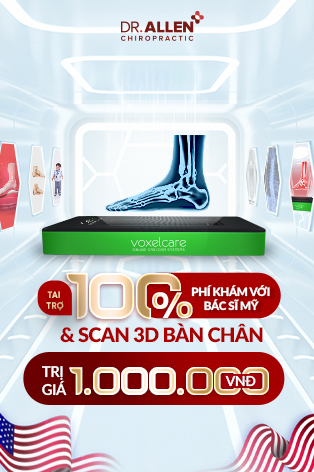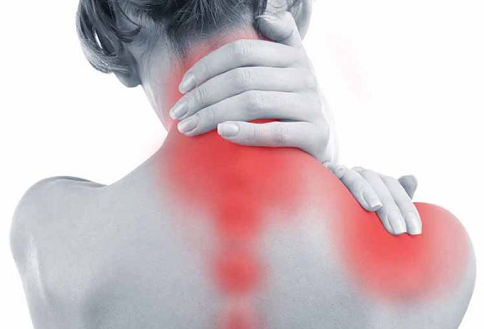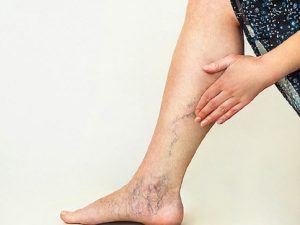Cervical herniated discs occur when the soft inner core of a spinal disc in the neck (cervical spine) protrudes through its outer fibrous layer. This can cause pain, inflammation, and nerve compression, leading to various symptoms and complications. This article will explore the nature of cervical herniated discs, their symptoms, diagnosis, and treatment options, including surgery, physical therapy, and exercises.
Cervical Herniated Disc
A cervical herniated disc occurs in the cervical spine, which consists of the top seven vertebrae in the neck. Herniated discs in this region can result from aging, injury, or wear and tear, leading to symptoms such as pain, numbness, and weakness in the neck, shoulders, arms, and hands.
Herniated Disc Between Shoulder Blades
When a herniated disc occurs between the shoulder blades, it typically involves the C6-C7 spinal level. This can cause localized pain and discomfort, as well as radiating pain and neurological symptoms in the arms and hands.
Cervical Herniated Disc ICD-10
In the International Classification of Diseases (ICD-10) coding system, a cervical herniated disc is classified under the code M50.2, which refers to “other cervical disc displacement.”
Cervical Herniated Disc Symptoms
Symptoms of a cervical herniated disc can include:
- Neck pain
- Shoulder and arm pain
- Numbness, tingling, or weakness in the arms and hands
- Reduced range of motion in the neck
- headaches
Herniated Disc MRI Cervical
Magnetic Resonance Imaging (MRI) is the most commonly used diagnostic tool for assessing cervical herniated discs. An MRI can provide detailed images of the soft tissues in the neck, allowing healthcare professionals to identify the location and severity of the herniation and develop an appropriate treatment plan.
Treatment for Cervical Herniated Disc
Initial treatment for a cervical herniated disc typically involves conservative measures, such as:
- Medication for pain and inflammation
- Rest and activity modification
- Physical therapy
- Cervical traction
If conservative treatments are unsuccessful or if neurological symptoms worsen, more invasive options may be considered, such as epidural steroid injections or surgery.
Surgery for Cervical Herniated Disc
Surgical options for cervical herniated discs include:
- Anterior cervical discectomy and fusion (ACDF): This procedure involves removing the affected disc and fusing the adjacent vertebrae for stability.
- Cervical disc replacement: This involves replacing the damaged disc with an artificial disc to maintain spinal mobility.
Physical Therapy for Cervical Herniated Disc
Physical therapy plays a crucial role in the treatment and recovery process for individuals with cervical herniated discs. A physical therapist can develop a personalized program that includes:
- Strengthening exercises for the neck and upper back muscles
- Stretching exercises to improve flexibility and range of motion
- Posture and body mechanics education to reduce strain on the cervical spine
Cervical Herniated Disc Exercises
Some exercises that may be recommended for individuals with cervical herniated discs include:
- Neck stretches: Gently tilt your head from side to side and forward and backward, holding each stretch for 15-30 seconds.
- Isometric exercises: Press your hand against your forehead or the side of your head while resisting with your neck muscles. Hold for 5 seconds and repeat 5 times in each direction.
- Shoulder rolls: Roll your shoulders forward and backward in a circular motion to promote mobility and relieve tension.
Conclusion
Cervical herniated discs can cause significant pain and discomfort, impacting an individual’s daily life and activities. Early diagnosis and appropriate treatment, including conservative measures like medication, rest, and physical therapy, can help manage symptoms and promote healing. In more severe cases, surgical intervention may be necessary. By working closely with healthcare professionals and following a personalized treatment plan, individuals with cervical herniated discs can improve their condition and work towards long-term pain relief and recovery.











